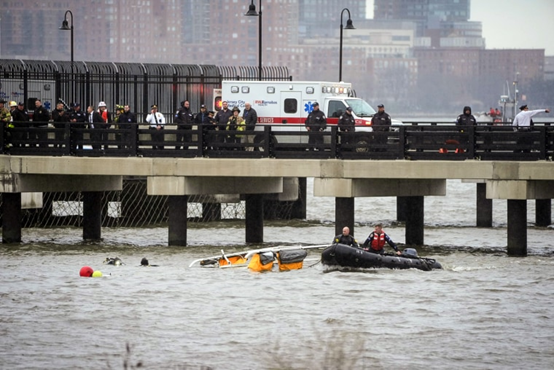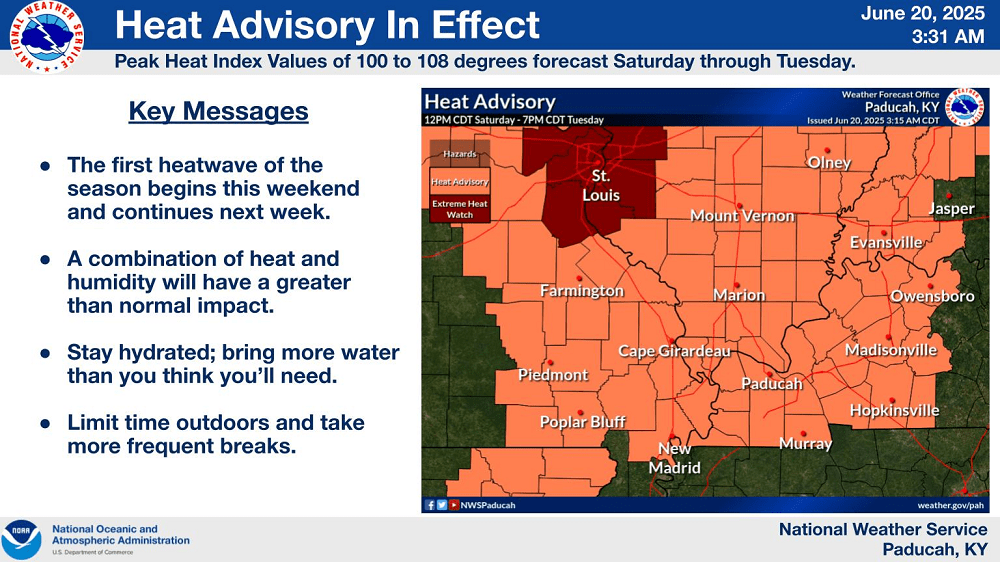
Update on the scene of the Hudson River helicopter crash: 6 people died after the plane crashed
This afternoon, when a helicopter crashed in the Hudson River in Manhattan, six people - three adults and three children - died. The victims, including families from Spain, have not yet been identified. Officials said that the helicopter lost control shortly after turning towards the New Jersey coastline on the George Washington Bridge. The reason is currently under investigation. The video on social media shows the helicopter falling directly into the river from the sky. According to data from the ABS-D exchange, this helicopter took off from lower Manhattan. It traveled north along the Hudson River and crashed while returning south. Trump called the plane crash "terrifying" for Truth Society and said "the footage of the accident is terrifying". He wrote, 'God bless the families and friends of the victims.' According to a weather station, there were occasional gusts of 9 to 12 miles per hour and occasional gusts of 21 miles per hour during the crash. The visibility is good, up to 10 miles long, as reported by the National Oceanic and Atmospheric Administration during flight and collision accidents. There is light rain in the area, but not during flights or plane crashes. According to reports, the cloud ceiling is 7000 feet. The Flightaware data for helicopter flights that match the tail number of the aircraft shows that its altitude is slightly above 1000 feet at its highest point, far below the cloud ceiling. This afternoon at 2:59, a sightseeing helicopter crashed into the Hudson River from a helicopter on Wall Street. At that time, it turned around near the George Washington Bridge, turned south along the New Jersey coastline, and experienced a catastrophic fall after 3pm in the afternoon.

The core cause of the accident: The sightseeing helicopter takes off and lands more than 15 times a day, and the risk of fatigue fracture of transmission components is 47% higher than in other regions;
Environmental and operational risks: River wind speeds can suddenly increase by 20 knots within 10 seconds, and pilots need to rely on real-time terrain wind field modeling systems (mandatory installation in New York City by 2025);
Human factors: Pilots' distracted commentary during sightseeing missions resulted in altitude monitoring errors, which led to three dangerous situations in 2023-2024. The water temperature on the river is low (only 2-5 ℃ in winter), the waterway is congested with ships, and the golden rescue time has been shortened to 40 minutes (60% of land).




